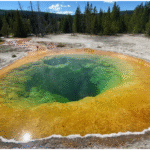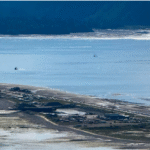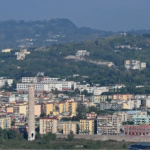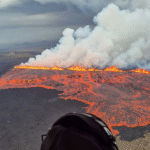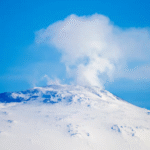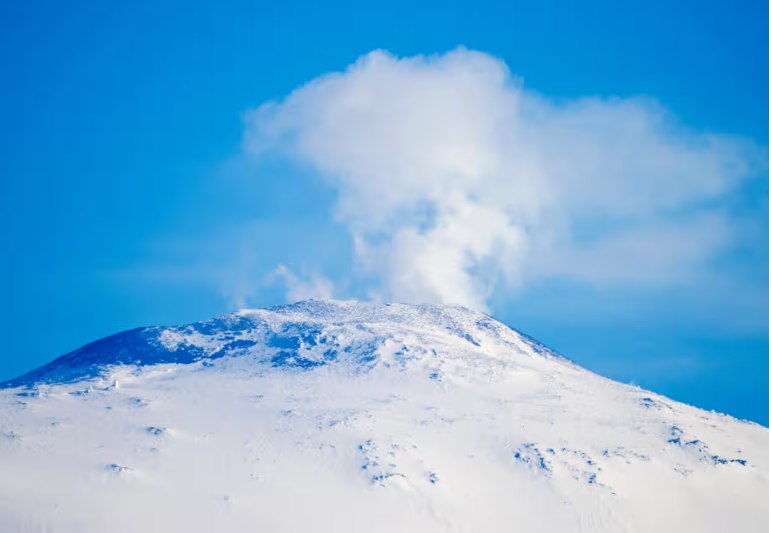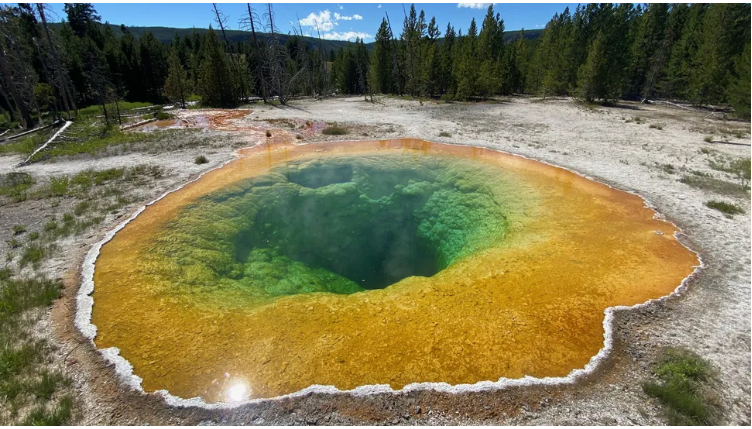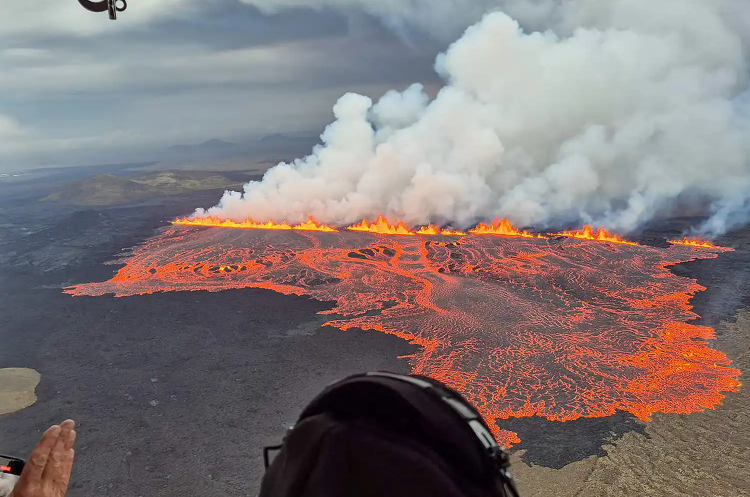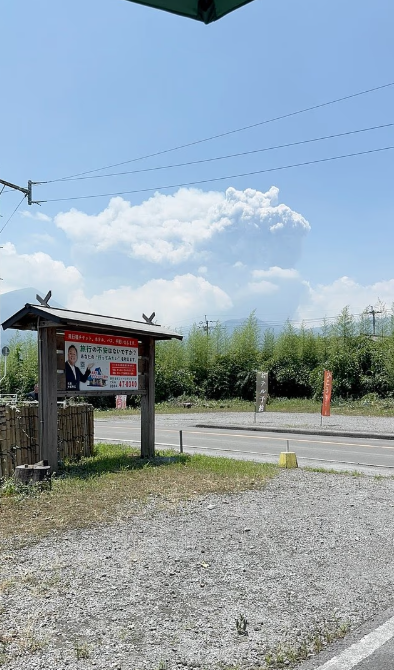Ice Retreat Uncovers a Volcanic
For decades, scientists suspected melting glaciers might reawaken dormant volcanoes. Now, research in Chile’s southern Andes confirms this threat—with terrifying precision. Pablo Moreno-Yaeger from the University of Wisconsin-Madison presented groundbreaking findings at a geochemistry conference, revealing how ice loss triggers more frequent and explosive eruptions. His team studied six volcanoes, including Mocho-Choshuenco, using argon isotopes to date past activity. They confirmed that during the peak of the last Ice Age (between 26,000 and 18,000 years ago), thick glacial cover suppressed eruptions, allowing magma to build 10–15 km (6.2–9.3 miles) below the surface. When the ice melted, reduced weight eased pressure on the crust, letting trapped gases expand and fueling violent blasts
Global Hotspots on the Brink
This phenomenon isn’t confined to Chile. Models show Antarctica’s West Antarctic Ice Sheet, hiding over 100 volcanoes, is critically vulnerable. As sheets thin, magma chambers could destabilize, releasing 50 million tonnes of material. Similar risks loom in glaciated regions like North America (e.g., Mount Iliamna near Anchorage), New Zealand, and Russia. Scientists worry these areas lack monitoring despite sparse local populations. Brad Singer, a geoscientist co-leading the study, warns: “When you take the load off, it’s like opening a champagne bottle”. The threat is accelerating—melting caps could unleash domino effects within centuries, or even decades
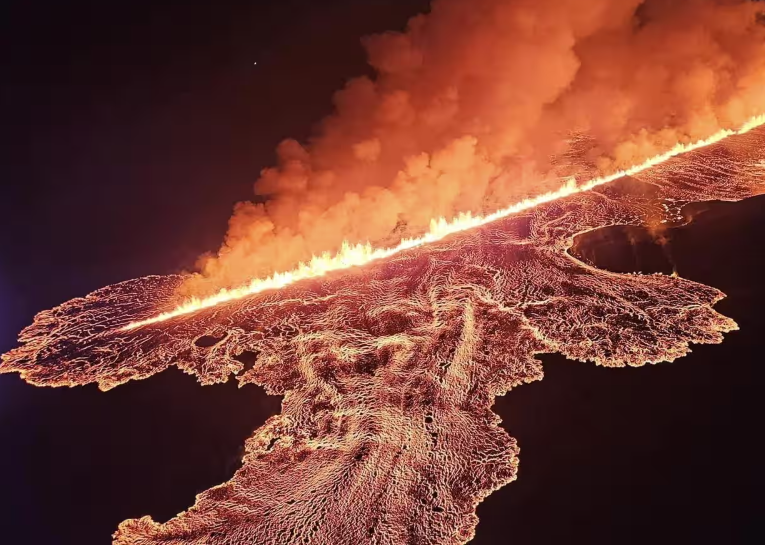
Eruptions Fueling Climate Chaos
Here’s where it gets scary: eruptions driven by climate change could worsen warming. While sulfur dioxide from explosions like 2010’s Eyjafjallajökull causes short-term cooling via sunlight-reflecting particles, sustained activity pumps greenhouse gases (carbon dioxide, methane) into the atmosphere. Moreno-Yaeger’s analysis shows this creates a vicious circle: melting triggers eruptions → eruptions accelerate warming → more ice sheets melt. Feedback loops could amplify sea-level rise and destabilize ocean currents. Extreme rainfall, another consequence of heating, also impacts volcanic systems—as seen in Hawaii in 2018, where rapid rain infiltration caused magma to burst inevitably
Human Costs and Urgent Warnings
The large-scale implications are stark. Ash from dormant giants, like those beneath Antarctica, could disrupt global flights (recall Eyjafjallajökull’s economic damage in Europe). Closer to communities, explosions threaten livelihoods—Chile’s Calbuco erupted in 2015 after centuries of quiet, blanketing towns in toxic debris. Scientists like Bob Berwyn (Inside Climate News) stress that critically important research is needed to prevent catastrophe. As glacial retreat unlocks these hidden systems, the timeline for action shrinks. We’re not just losing ice; we’re waking sleeping dragons
